One such part is the suspension knuckle, which attaches upper and lower suspension components to a wheel support assembly and is the mounting point for the wheel spindle or hub. The two primary performance criteria for the part are stiffness and durability.
Saint Jean Industries (Saint Jean D’Ardières, France) has worked with nearby Hexcel Les Avenières — Hexcel’s (Stamford, CT, US) European center of excellence for carbon fiber reinforcements — to develop a hybrid carbon fiber/aluminum version of this suspension knuckle, which increases stiffness by 26% vs. an all-aluminum knuckle.
“We received OEM requests to increase the stiffness of lightweight suspension knuckles for improved handling of the car,” recalls Saint Jean’s technical director Lionel Duperray. As a global supplier of parts and subassemblies for automotive, aeronautic, motorcycle, heavy truck and industrial applications, Saint Jean Industries is already a leader in lightweight solutions that use titanium, aluminum and high-strength steel. One example is its patented COBAPRESS technology, which combines casting and forging for higher performance and lighter weight in aluminum parts. “For this knuckle, we needed the weight of aluminum but the stiffness of cast iron,” Duperray explains. That’s where carbon fiber made the difference.
The aluminum/CFRP hybrid part also does not increase part volume, meeting tight package space restrictions and allowing a single part design to be used across multiple models in a vehicle series. “We could have reduced the amount of aluminum if we had designed the part from the beginning to include carbon fiber,” notes Duperray — something time and circumstances wouldn’t permit. “In this case, we used a current production part and just added carbon fiber,” he admits, but points out, “it only added a few millimeters of thickness to the part.”
This prepreg “patch” comprises multiple plies of unidirectional HexPly M77 snap-cure epoxy prepreg for automotive structures, each ply placed at a different orientation. “The loading on a knuckle is complex,” explains Duperray, “including impact and fatigue loading for durability.”
The design was developed jointly with Hexcel. “We created a finite element analysis model (FEM) in-house, but we don’t have composites expertise, so we shared our model with Hexcel. They used our design and load requirements to develop the composite ply layup using their own FEM expertise.” The prepreg patch, which also increases the knuckle’s maximum strength-before-failure, is bonded to the aluminum knuckle, using Hexcel’s new fast-curing Redux 677 epoxy film adhesive, developed for high-volume compression molding of hybrid metal/carbon fiber composite structures. He points out that the film adhesive also prevents direct contact between the carbon and aluminum to eliminate the risk of galvanic corrosion.
“We can cure the prepreg material from Hexcel quite quickly,” says Duperray, noting that Hexcel already has technology for developing and producing prepreg patches in large volume for automotive, with a typical throughput of one patch per minute. Saint Jean Industries will first make the aluminum part, using its COBAPRESS process, which already produces more than 15 million parts/yr, including knuckles. “We then wash the part to prepare the surface for bonding,” Duperray explains, “place the prepreg patch onto the part and then cure in a compression molding press at roughly 150°C, which has no effect on the microstructure of the aluminum. We can apply and cure the patch in less than 2 minutes, which easily fits our automated process cycle times for knuckles.”
Duperray says the patched knuckle is still in the pre-production phase of development. When production begins, Saint Jean will either subcontract automation to one of its suppliers or build the production line in-house. He concedes that a bonding tool is required for pressing the patch, but says it doesn’t pose a real issue. “This is the first prototype to demonstrate this process, but now it is something we understand. The cost of the bonding tool is similar to the cost we already project for casting and forging tools.” And what about the potential for this technology in other parts? “We are always exploring and developing new technologies for our customers,” says Duperray. “We think composites can help to achieve the light weight desired for the next generation of transportation vehicles.”

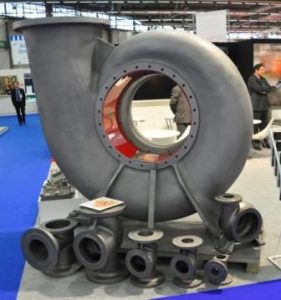
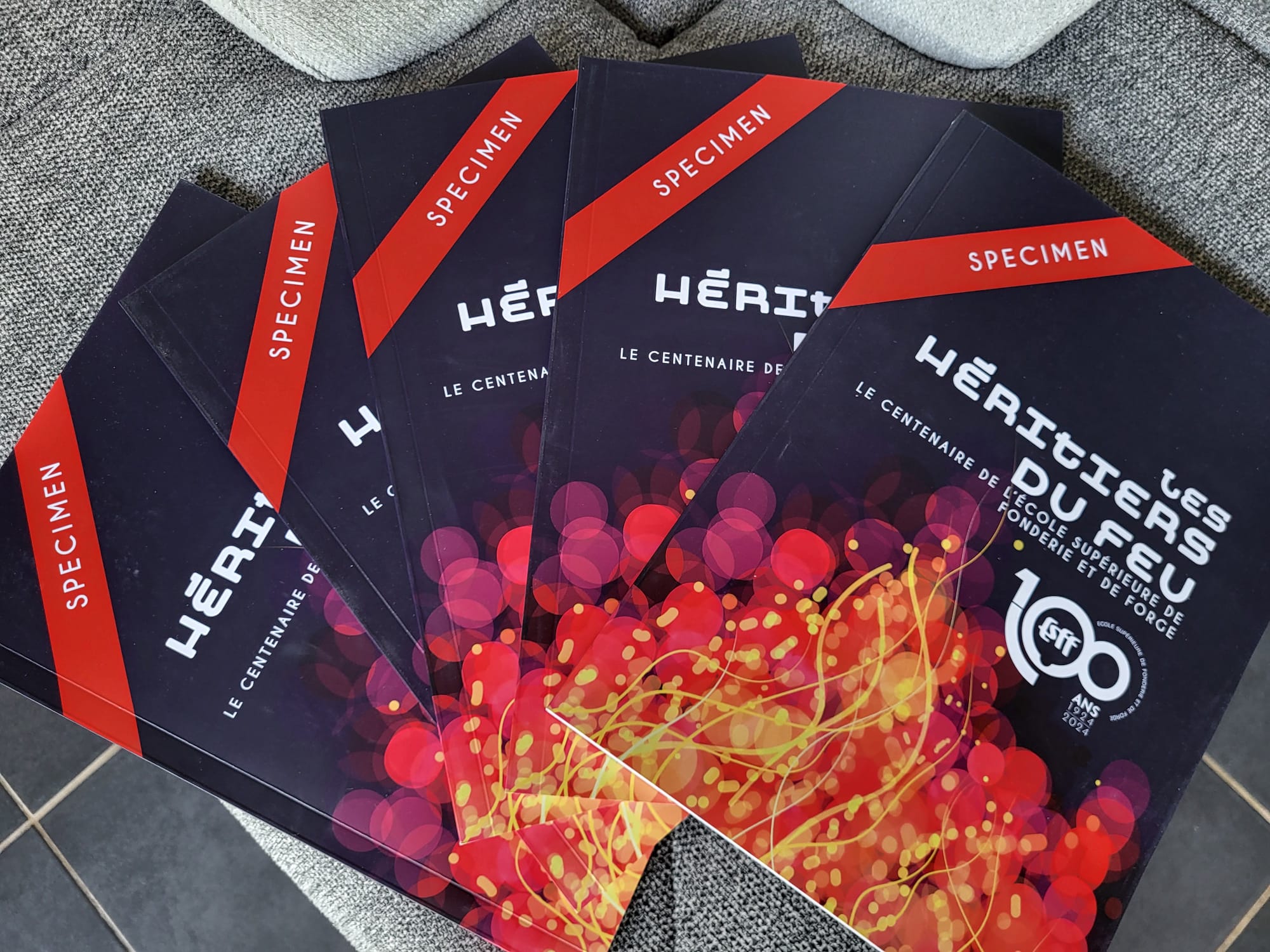


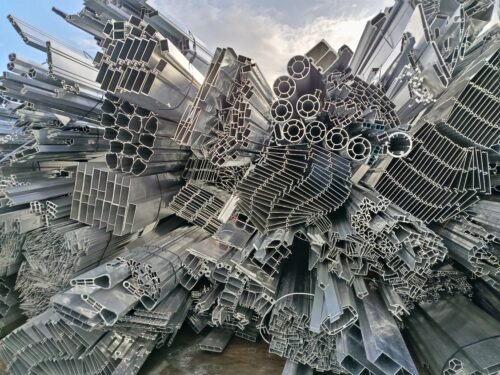


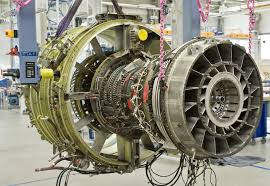

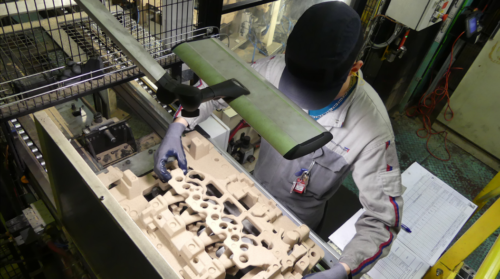


























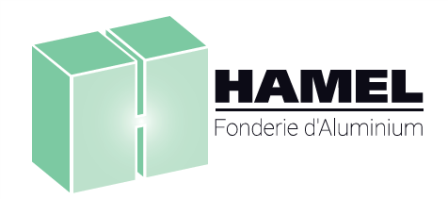


Très intéressant!
Si ce n’est pas indiscret/confidentiel, quelle est le gain de poids (ou devrais-je dire de masse!) obtenu in fine?